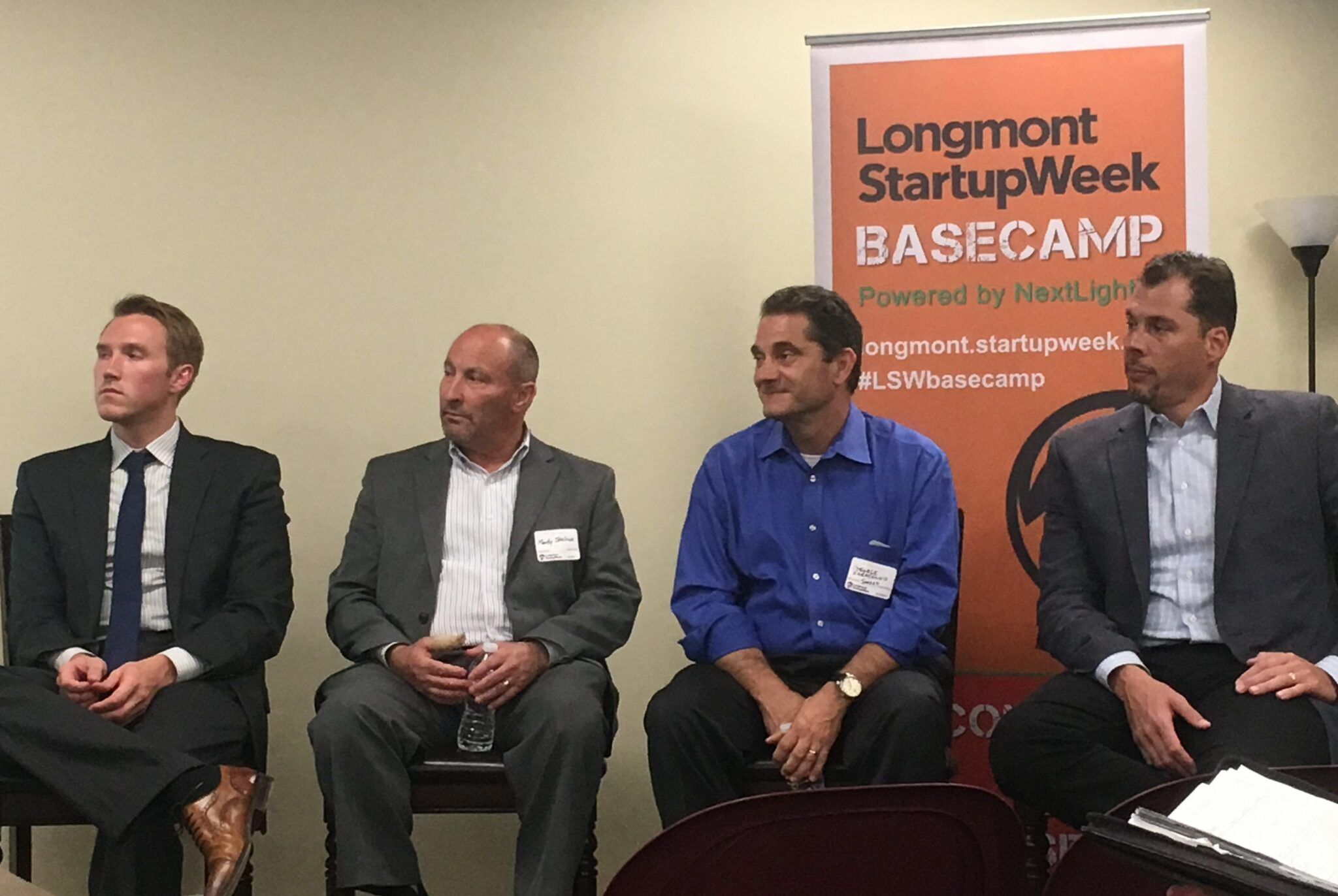Infrastructure, customer focus key to smart cities

LONGMONT — To build a smart city, it is not enough to have the latest technology collecting data throughout the city.
A smart city needs a strong foundation, and that means the infrastructure and systems in place to support whatever bells and whistles are the most recent in technology.
“You need to think about it in three layers,” said Marty Skolnick, account manager at Siemens
SPONSORED CONTENT
Federal District Court Rules Corporate Transparency Act Unconstitutional . . . But Most Small Businesses Must Still Comply
Lyons Gaddis Real Estate and Business Attorney Cameron Grant shares important details of the Corporate Transparency Act (CTA).
Industry Inc., while at Longmont Startup Week’s smart cities panel. “There’s the physical layer, which is utilities and telecom service. To enter into a project like this without fiber would be unfathomable. The second layer is the system layer. You need the proper foundation, the physical layer and the system layer, to communicate easily and function easily. The third layer is the end-device layer. It’s the shiny objects. Without those other layers, the shiny objects would obsolete themselves. They can’t be added without the critical layers.”
Skolnick, along with Brock Smethills, was there to represent Sterling Ranch, a master-planned community in northwest Douglas County that will essentially be a small connected town when it is complete.
Other major smart-city projects in Colorado were also represented at the panel, such as Denver’s future Peña Station near Denver International Airport, which is being built by Panasonic and other area stakeholders.
“It’s a living lab at Peña,” said George Karayannis, vice president of CityNOW with Panasonic. “It’s a place to validate emerging tech and build the business case for broad deployment in the city.”
The purpose of a smart city to to provide connected tech through applications, sensors and analytics that can allow the city’s residents to use that technology to enhance their individual lifestyles.
Many cities are going the route of connectivity, and through it, items that were once considered liabilities — such as streetlights — can start becoming assets. As LED lights allow for energy savings, they become fixtures for collecting data and can even be generators of revenue through small cells for wireless providers such as Verizon or AT&T.
With the possibilities that smart cities represent, it’s important to keep the customer at the center of the design and not just add tech for tech’s sake, said Mariano Delle Donne, CEO of Adventos, a software company that helps public safety organizations like city police become connected. Too often, he said, large companies will come in with some smart technology for a city, but it’s one that the city can’t actually implement.
“Put the customer at the center of the design,” he said. “Think about the customer and only the customer. Build something that the city would want. It seems simple, but don’t get sidetracked with the shiny, bright objects that may pay the bills today but are misaligned with your vision for the company and customer impact that will make lives better.”
LONGMONT — To build a smart city, it is not enough to have the latest technology collecting data throughout the city.
A smart city needs a strong foundation, and that means the infrastructure and systems in place to support whatever bells and whistles are the most recent in technology.
“You need to think about it in three layers,” said Marty Skolnick, account manager at Siemens
Industry Inc., while at Longmont Startup Week’s smart cities panel. “There’s the physical layer, which is utilities and telecom service. To enter into a project like this…
THIS ARTICLE IS FOR SUBSCRIBERS ONLY
Continue reading for less than $3 per week!
Get a month of award-winning local business news, trends and insights
Access award-winning content today!

